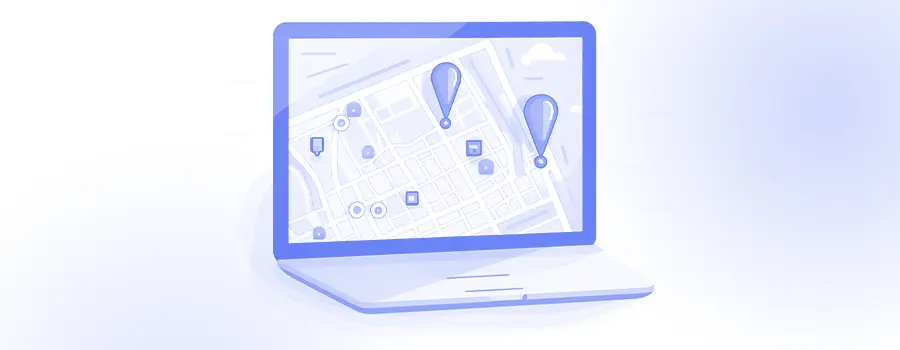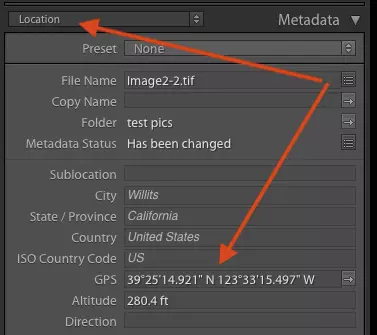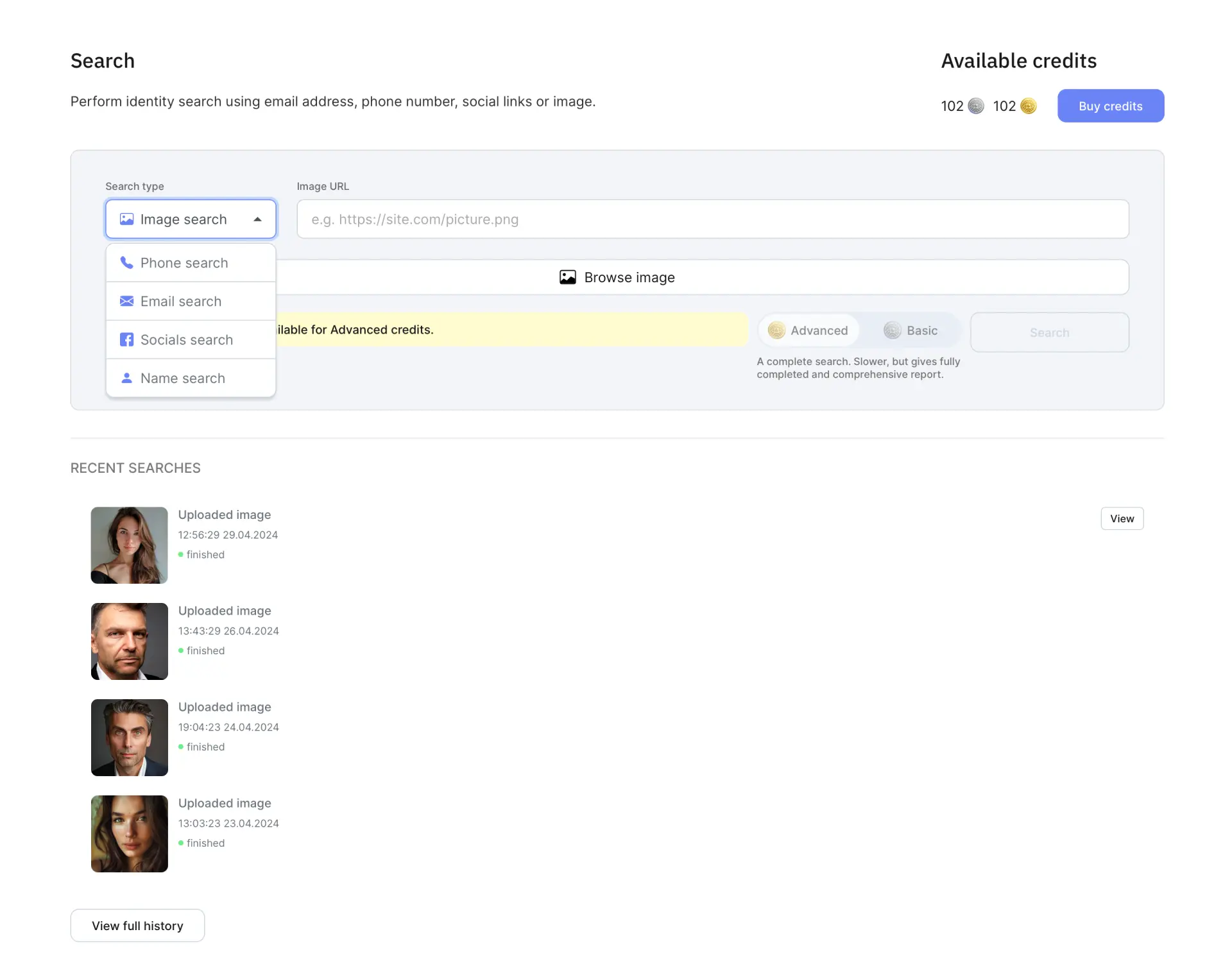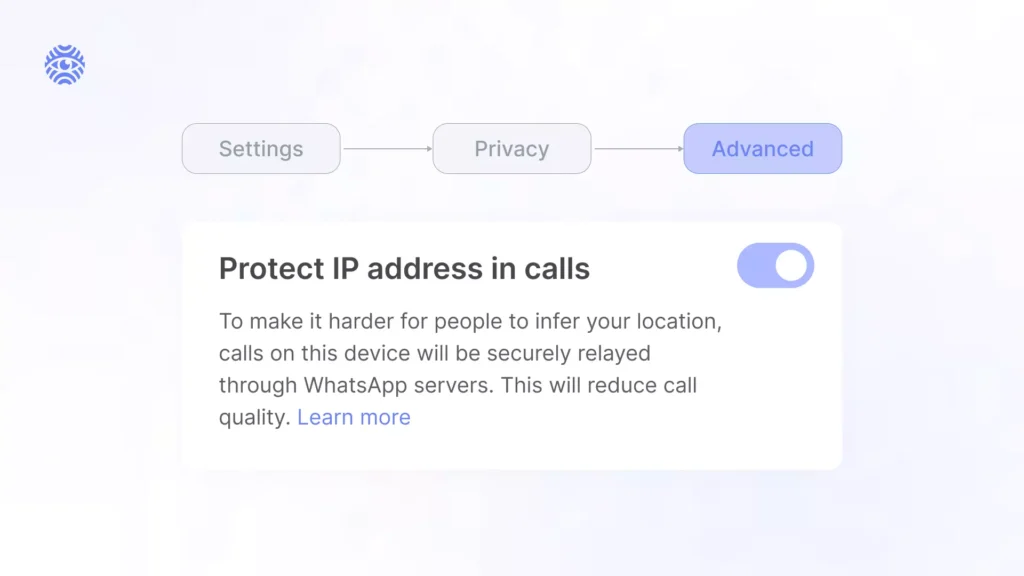

Ever found yourself wondering whether your online acquaintance is who they claim to be? In other cases, a fake image can cause a social media frenzy, especially when covering the topic of military conflicts. In the age of rampant social media fraud, image geolocation is not a whim but a necessity to dodge misinformation and deception online. The good news is that the reverse image search tool by X-Ray Contact can help you reveal the secrets of any picture. However, here are all the additional things you should know when looking for the location of an image.
How to See Where a Photo Was Taken
Plenty of methods exist to track down almost any image available. Here are only some of the strategies that can help you unveil the location of a suspicious photo:
Study Metadata: Image File Has Exif Data
This step is the easiest one and requires inspection of basic data about the origin of the picture. Each image file has exif data, which includes information about the camera settings and, in some cases, the GPS coordinates of where the photo was taken. If you use your phone, opt for online Exif viewers or software to extract this information. If you use a laptop or PC, you can just click on the picture file and check its details. Some photos may have location information embedded in the details. Here’s a step-by-step breakdown of this method in practice:
- Right-click on the picture.
- Select the “Properties” option at the bottom.
- Go to the “Details” tab to see all available information about the image.
- Pay attention to the “GPS Section,” which includes the parameters of latitude and longitude.
- Open Google Maps and insert this data to find an exact spot to display the location of a photo.

Go Through Social Media
This method works only if the photo was posted online before with a geotag. The exact site from the picture may be visible if the user has enabled location sharing. Check the photo details or captions on the platform to find out the whereabouts with ease.
Search in Google Photos
If the photo was uploaded to Google Photos, it might automatically tag the place. Open the photo in this search engine tab in case it appears.
Conduct a Reverse Image Search
There exist search engines specifically designed to trace back the origin of the picture. Upload the photo or provide its URL, and these tools may show you web pages where the same or similar images appear.
How X-Ray Contact Improves Image Geolocation
Our reverse image search is an advanced pro tool you can use in order to find details about any picture. Compared to other more basic instruments like Google Photo, which come up with results that vaguely resemble your original search request. However, the X-Ray Contact Reverse Image Search function is much more precise and accurate as we specifically scan faces and look for a match against billions of other photos. Our software works as follows:
- You go to the “Platform” tab on the X-Ray Contact website to start the investigation.
- Select the “Image” option and either upload a photo from your own device or insert a link to the picture you want to find details about.
- Wait until we crawl through possible matches.
- Receive a Search Profile report with the similarity index of a photo we found compared to the picture you requested to analyze. We will also display all similar images with the name of the person, the location, social media profile links, and demographic info like their age.
- Use this data to verify a person’s identity or find out the exact spot where the photo was taken.

Our Pro Tips for Geo-Locating
The task to display the location a photo may be more tricky and nuanced in practice than it may seem. The apps and tools have to go through the endless web library. Thus, getting the most accurate result might require mixing and matching a few approaches. Consider the following strategies:
- Use a few sources for the same request. Don’t rely on a single map or dataset if you want to have the best output. Various platforms you use may have different data providers, which can help you collect the biggest possible pool of image results.
- Scavenge for details by yourself. Utilize resources like Google Maps to explore the street view feature. You can leverage this function to virtually explore the area and pinpoint certain details important for your research, such as specific landmarks.
- Utilize satellite data for advanced details. Services like Google Earth can provide high-resolution images for accurate location search. With this info, your research can go a step further as you can study changes in the location over time. This functionality is useful if you want not just to geolocate a picture but to observe the place continuously as well.
- Ask for help from the amateurs. There exist advanced OSINT forums and online communities that locate photos as their hobby. If you struggle to research an image by yourself, ask for help there. They might be especially open to help if you need to do an image search to unveil criminal activity or figure out a dangerous mystery.
How The Use of Reverse Image Search Can Protect You
Searching for the origin and location of the picture might seem like a small yet tedious task. However, do not underestimate the security benefits of finding out the details of image geolocation. Here are only some of the perks to consider:
Detect a Fake User Profile
Online friendship, dating or business deals require trust between two parties. In these cases, an image search can help you reveal the culprit. Moreover, you can safeguard others from being deceived by sending an impersonation complaint to get their account blocked.
Protect Your Own Identity From Image Theft
Reverse image search allows you to monitor the use of your own photos online. If someone is utilizing your pictures without your consent, you can take appropriate actions to protect your identity and privacy. Thus, you can save people who might be catfished via your image.
Safeguard Your Reputation
If your images are associated with inappropriate content without your knowledge, reverse image search can help you identify and address the problem before it affects your offline life. Otherwise, you can find yourself wrongfully accused of being part of the online scam even if you are actually innocent.
Make Sure Nobody Violates Your Intellectual Property Rights
Since many IP works can be easily accessed online, there is a great risk of someone stealing them in full. In other cases, offenders might slightly change them to avoid repercussions. Either way, image search is the go-to option when it comes to detecting unlawful use of your protected pieces.
Self-Protection Basics: Never Display the Location of a Photo

There might be valid reasons why you want to investigate the location of a person. However, no one wants to be investigated themselves. Here is a piece of advice to follow so that your image is less likely to be found:
- Cover your web tracks. Check if the picture contains any embedded geotags that reveal the location where it was taken. Use tools or apps to remove this private info before sharing the image online.
- Confuse others with the editing software. Adjust the photo’s colors, add filters and blur, or make other slight modifications that make it harder to recognize the location.
- Change your camera settings. Turn off location access of your phone camera to never worry about your metadata traces. Hence, no need to worry about clearing up the enclosed data every time.
Conclusion
Even though anyone can hone this skill, image geolocation has many pitfalls and subtle details that are not apparent at first glance. The best decision is to combine various tools and services to get a comprehensive result. Using X-Ray Contact’s reverse image search is a great starting point to identify the person and track down their location. However, always remember to care about your safety and privacy first. Make it harder for others to discover your profile in the database by taking care of your confidentiality on the Internet.


